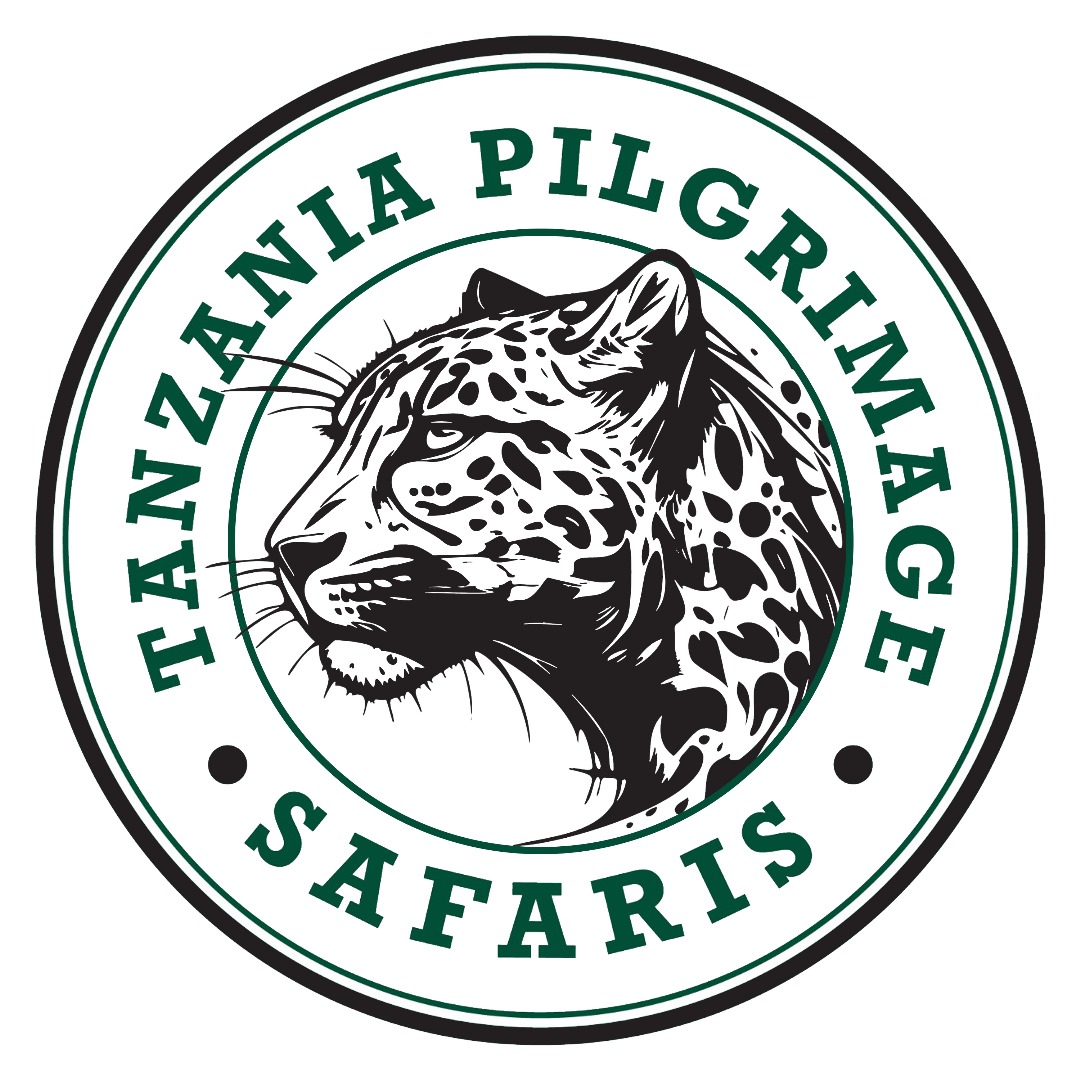Mount Kilimanjaro has lured thousands of people young and old, from far and wide to reach its summit since the first recorded ascent by Hans Meyer, Ludwig Purtscheller and a local guide called Lauwo in 1889.
There are 6 routes to the top of Mount Kilimanjaro, with some routes partially overlapping the final stages and the Mweka route only used for the descent. Most people take between 6 and 8 days to reach the summit and come back down again, depending on route choice and fitness level.
The most popular routes are the Marangu and the Machame route. The Marangu route is the only one that offers the option of sleeping in huts every night. The Machame route is considered one of the most scenic and has a good acclimatisation profile.
Guides are compulsory and porters are available to turn this trek into a less arduous journey, even carrying portable toilets on the more luxurious tours. You do not need crampons and oxygen. However, falls, rock slides and altitude sickness can be fatal and should be considered seriously. Take as long as possible to make your ascent and use the advice of your guide and go ‘pole pole’, meaning slowly in Swahili.
